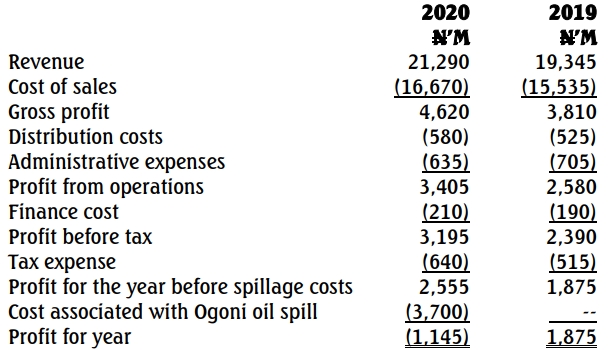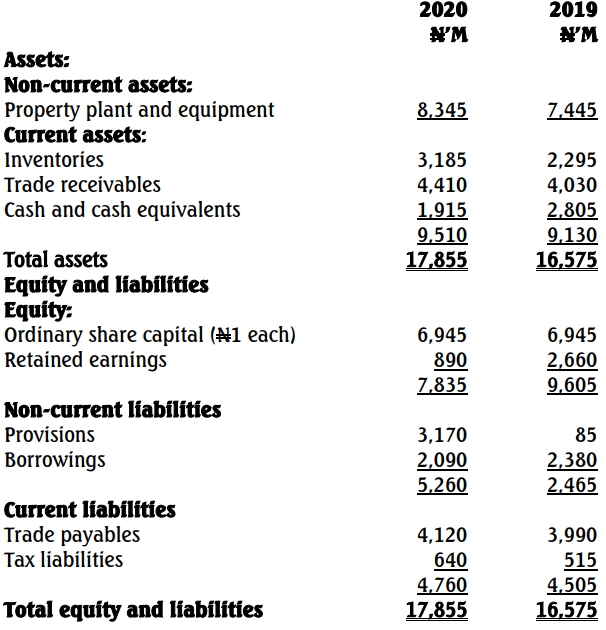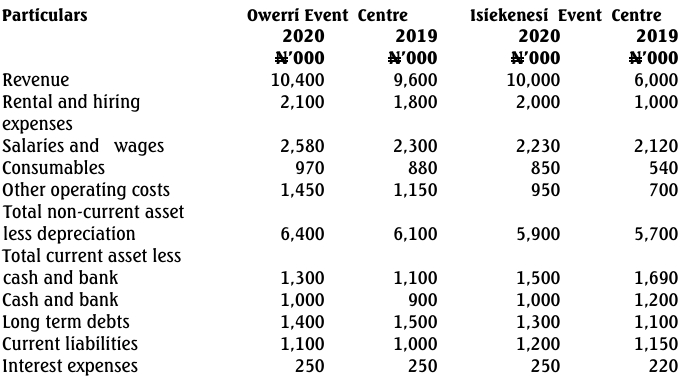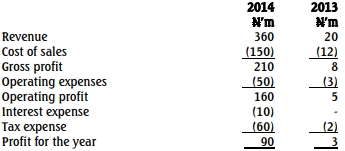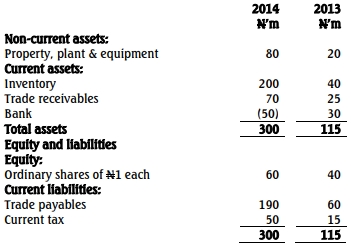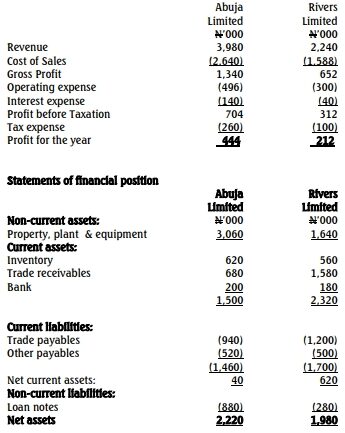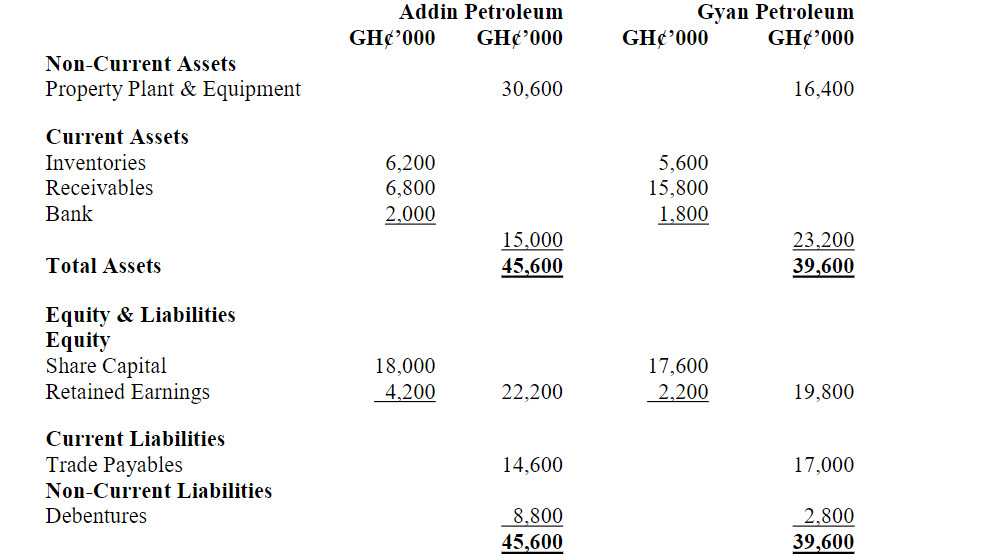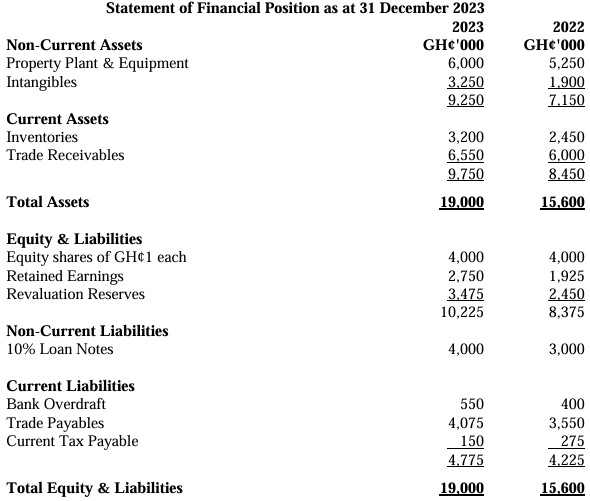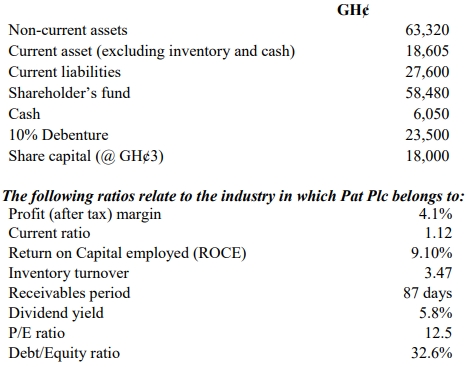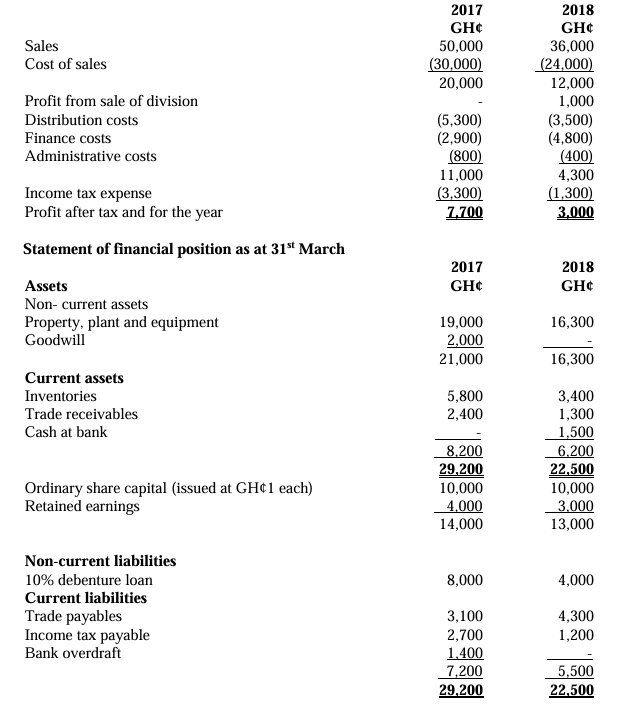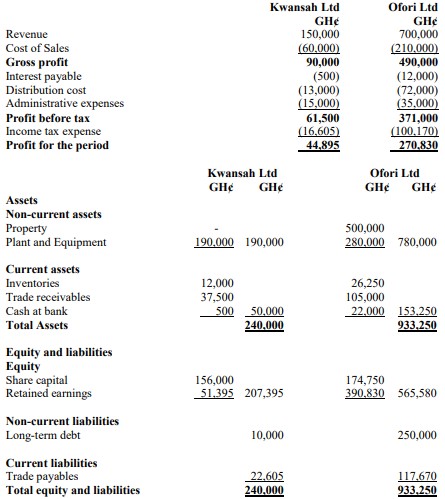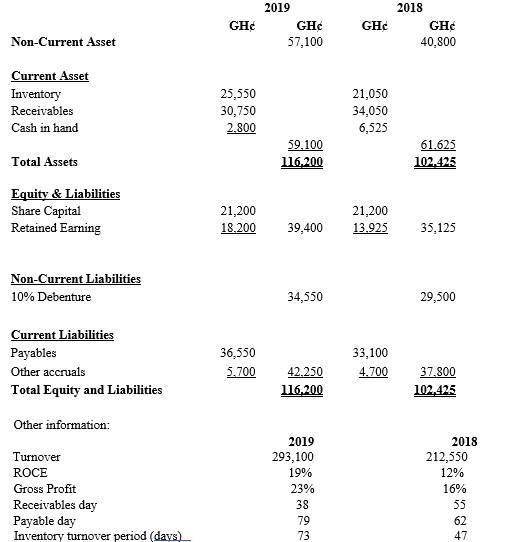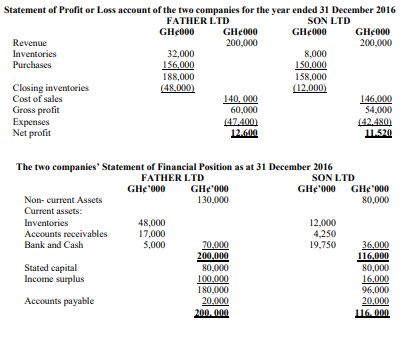- 20 Marks
CR – Dec 2020 – L3 – Q2 – Presentation of Financial Statements (IAS 1)
Assess the performance of two companies using financial ratios and draft a report for investment decisions.
Question
Heritage Limited and Legacy Limited are two competitors in the merchandising and retailing sector of the economy. At a time when the sector is faced with escalating fuel prices and economic recession, both companies have shown resilience and adaptability. The financial statements of the companies for the year ended December 31, 2020, are as follows:
Statements of Profit or Loss for the Year Ended December 31, 2020:
| Item | Heritage Limited (N’000) | Legacy Limited (N’000) |
|---|---|---|
| Revenue | 150,000 | 700,000 |
| Cost of Sales | (60,000) | (210,000) |
| Gross Profit | 90,000 | 490,000 |
| Interest | 500 | 12,000 |
| Distribution Costs | 13,000 | 72,000 |
| Administrative Expenses | 15,000 | 35,000 |
| Total Expenses | 28,500 | 119,000 |
| Profit Before Tax | 61,500 | 371,000 |
| Income Tax Expense | (16,605) | (100,170) |
| Profit for the Year | 44,895 | 270,830 |
Statements of Financial Position as at December 31, 2020:
| Item | Heritage Limited (N’000) | Legacy Limited (N’000) |
|---|---|---|
| Assets: | ||
| Non-Current Assets: | ||
| Property | – | 500,000 |
| Plant and Equipment | 190,000 | 280,000 |
| Total Non-Current Assets | 190,000 | 780,000 |
| Current Assets: | ||
| Inventories | 12,000 | 26,250 |
| Trade Receivables | 37,500 | 105,000 |
| Bank | 500 | 22,000 |
| Total Current Assets | 50,000 | 153,250 |
| Total Assets | 240,000 | 933,250 |
| Equity & Liabilities: | ||
| Equity: | ||
| Share Capital | 156,000 | 174,750 |
| Retained Earnings | 51,395 | 390,830 |
| Total Equity | 207,395 | 565,580 |
| Non-Current Liabilities: | ||
| Long-Term Debt | 10,000 | 250,000 |
| Current Liabilities: | ||
| Trade Payables | 22,605 | 117,670 |
| Total Liabilities | 32,605 | 367,670 |
| Total Equity & Liabilities | 240,000 | 933,250 |
The Board of Directors of Patrimony Investments PLC is considering a proposal to buy into one of the companies to enhance the reported profit and stability of the company after the investment.
Required:
a. Assess the relative performance of the two companies for the year ended December 31, 2020, with three suitable ratios each for:
- Profitability and efficiency
- Liquidity and solvency
(8 Marks)
b. Draft a report on the computed ratios for the consideration of the Board of Directors of Patrimony Investments PLC to appropriately guide the Board in deciding on the proposal to buy into any one of the companies.
(12 Marks)
Find Related Questions by Tags, levels, etc.

